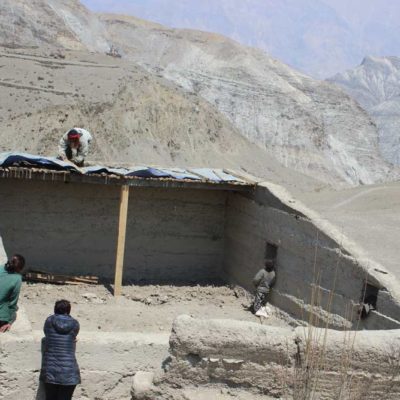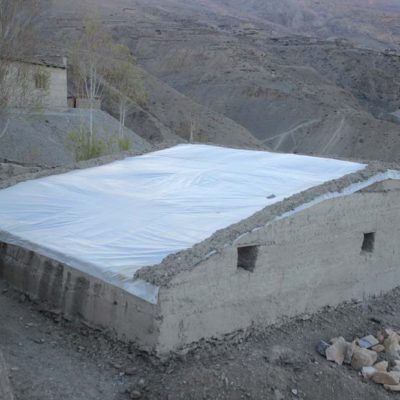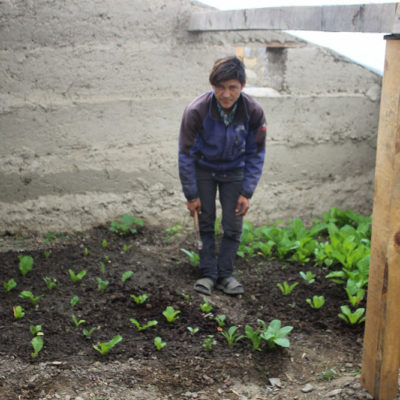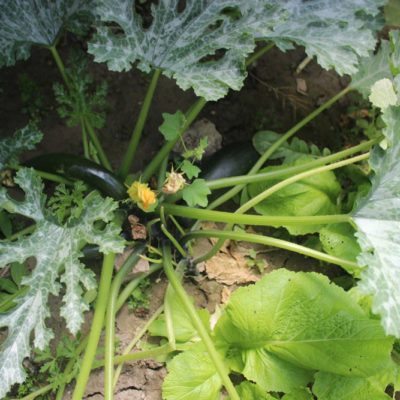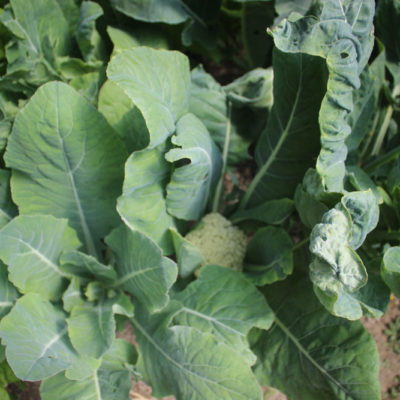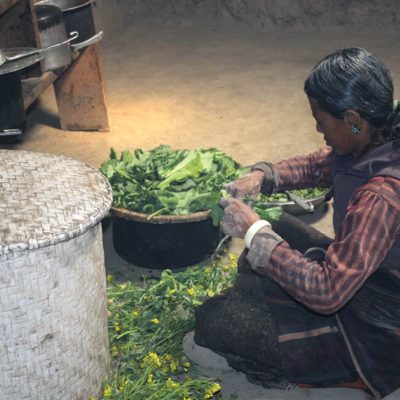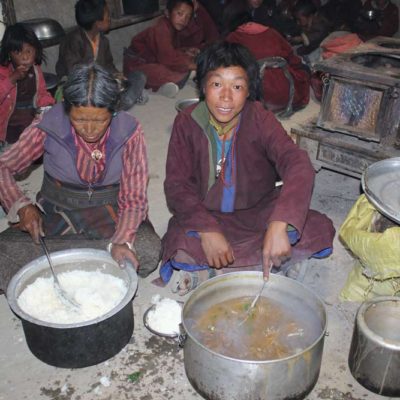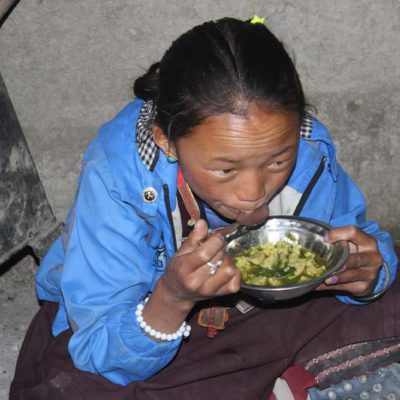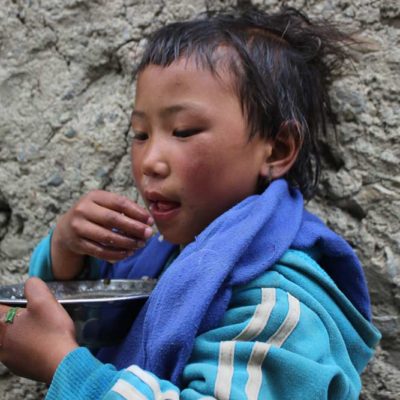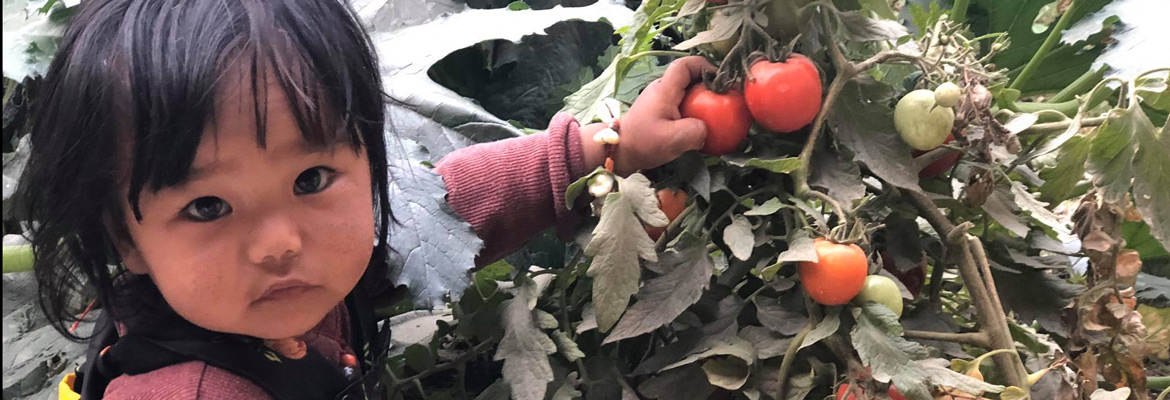
In the greenhouse at Komang School – image credit – Nyima Bhuti
Greenhouses
Most villages in Dolpo sit between 3,500 and 4,000 metres, where the growing season is extremely short. Field crops are limited to staples such as barley, buckwheat, and potatoes. But inside a greenhouse, families can grow nutrient-rich vegetables—greens, carrots, cucumbers, cauliflower, cabbage, and squash—that dramatically improve both nutrition and food security.
Changing weather patterns and erratic rainfall are making farming even more difficult, which makes greenhouses all the more vital.
When I first traveled to Dolpo in 2015, I saw only a handful of greenhouses, perhaps five or six. Since then, thanks to your support, we’ve been able to supply materials for 100 greenhouses. On my return in 2024, it was deeply rewarding to see how well these materials are being used. Many families have become proficient gardeners, growing tomatoes, cucumbers, chili peppers, zucchini, cauliflower and more, and they are teaching others, and strengthening the resilience of their villages.

A greenhouse in the village of Karang
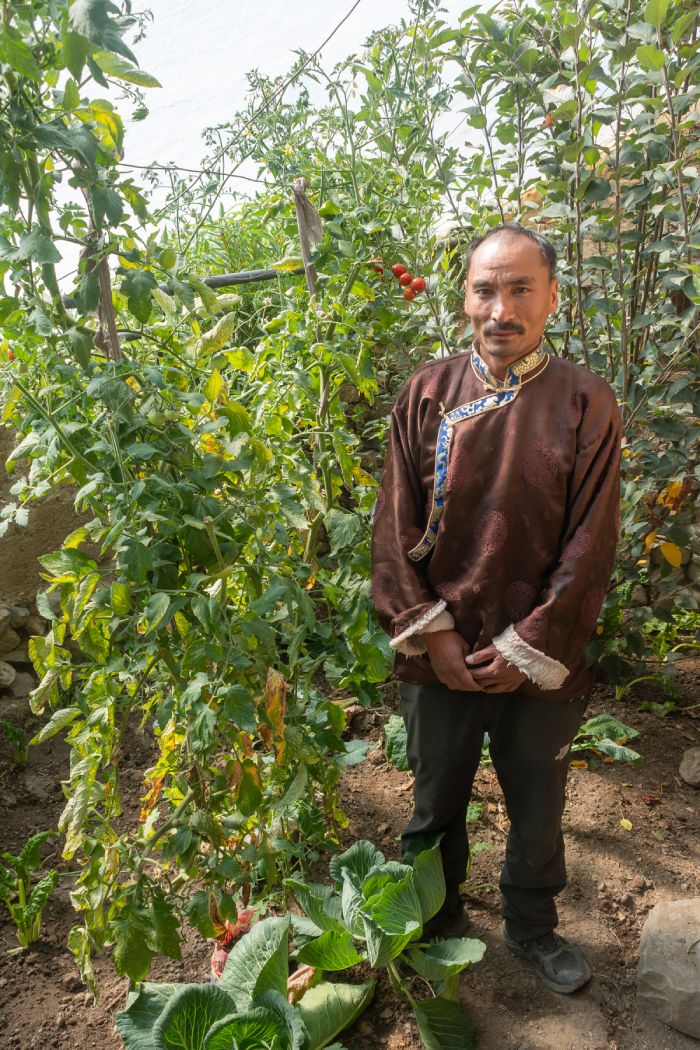
Lhakpa Tsering, Karang School coordinator, in the greenhouse at his home.
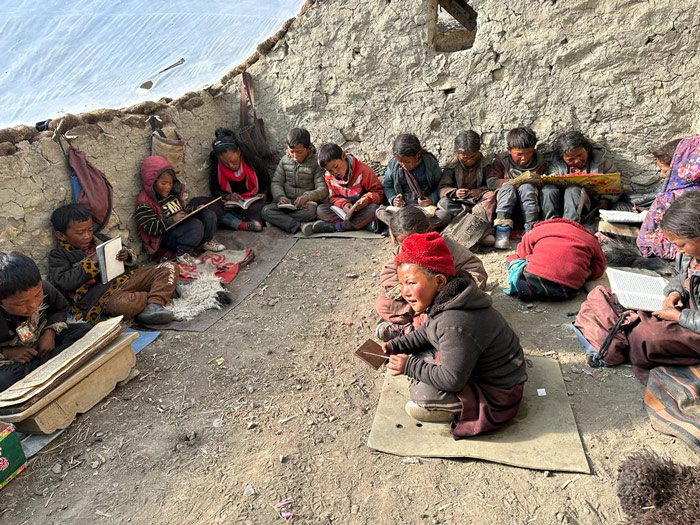
Winter class in the Komang School greenhouse
The school greenhouses are more than a source of fresh vegetables for student lunches, they are also a warm, sunlit classroom in winter, where children learn about their Tibetan history and culture. These greenhouses nourish both body and mind!
Villagers often build their greenhouse attached to the south side of their home. It helps heat the home in the winter months, and it provides them with a warm bright room for weaving, and for household and community affairs.
They are truly grateful for these simple additions to their homes and we have received many new requests.
The cost of greenhouse materials and their transportation is ~ $70. per greenhouse. Materials such as plastic, wire, hardware, seed and irrigation equipment are purchased in Kathmandu. Any wood products needed for doors and vents are purchased in the Lower Dolpo. Structural walls are made from local materials such as stone and / or rammed earth.
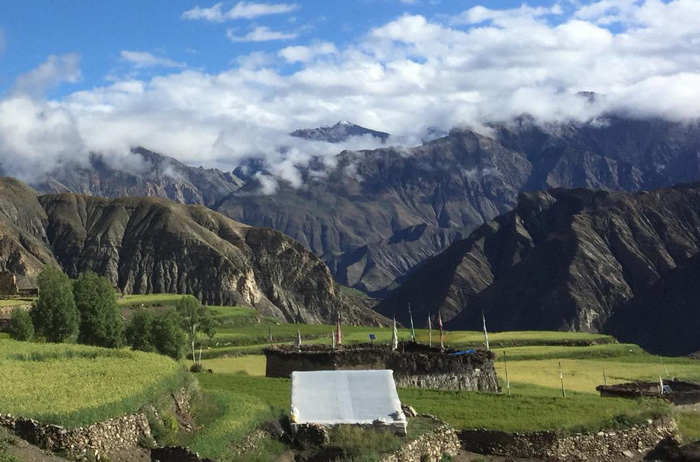
photo courtesy of Peter Hinze
Sitar, in her greenhouse in Tiling, image is courtesy of David R. Gluns
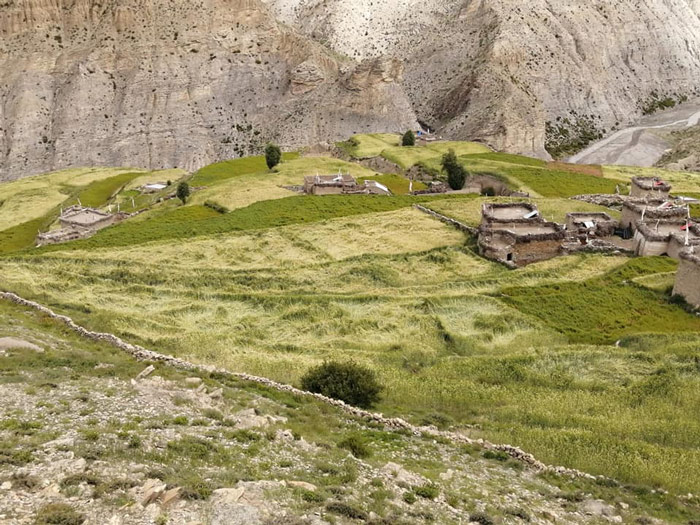
information and image credit: Wangchen for Change
Greenhouses are becoming critical for food security as the Dolpo is increasingly impacted by climate change. Seasonal precipitation patterns have become erratic, some years there is not enough snow to provide melt water for the villagers water needs, other years there is too much snow and people and their livestock are killed by avalanches. In recent summers, unusually heavy rains have caused washouts of trails, small bridges and the terraces that are used to grow their staple crops.
Climate change is also bringing torrential hailstorms that flatten their fields. When the stems of unripe barley and buckwheat are broken they cannot be harvested and people and animals go hungry.
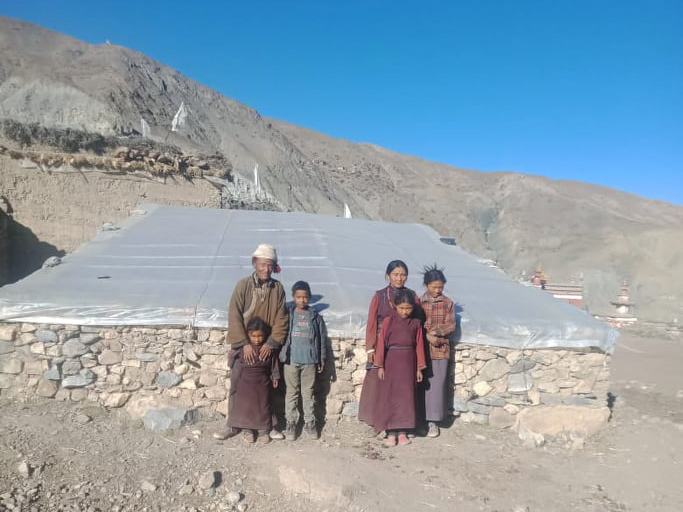
Pema Dargyal and his family
‘The greenhouse has helped us in many ways. I found it very useful in winter when I have children to take care of. Inside, it will be warm and no winds. From early spring we can start farming inside and surprisingly these leafy green vegetables grows faster than I expected. Thank you!’
– Pema Dargyal, farmer and yak herder
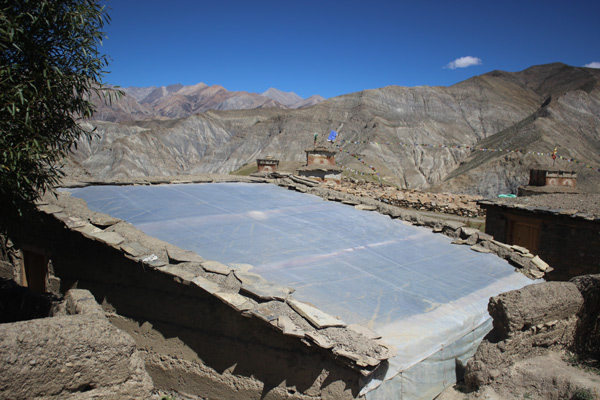
In 2016 we sponsored the building of this greenhouse for Saldang School.
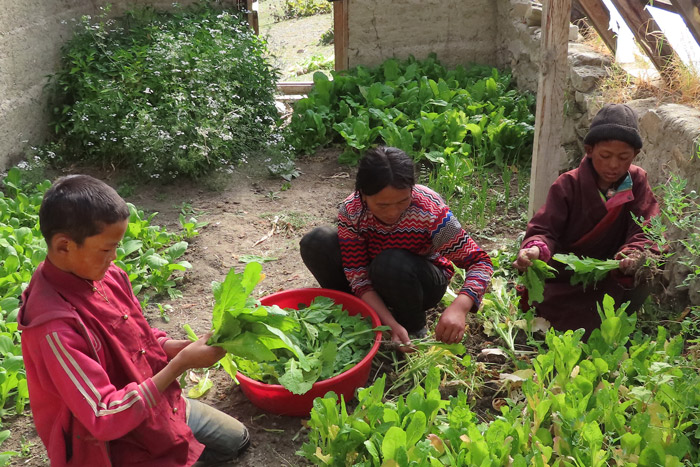
In 2021 we sponsored the building of this greenhouse for Karang School.
The greenhouse at Saldang has become a tremendous asset for both the school and the village. By extending the short growing season, it strengthens food security and provides fresh, nutritious vegetables for student lunches and staff meals. In winter, when the cold is severe, the greenhouse transforms into a warm, sunlit space. There, a monk from the local monastery teaches the children about their Tibetan history and culture.
This simple structure is helping students grow stronger, healthier, and more deeply connected to their heritage.
gallery images courtesy of Pema Wangyal Lama – Saldang School
“It is every man’s obligation to put back into the world at least the equivalent of what he takes out of it.”
– Albert Einstein

